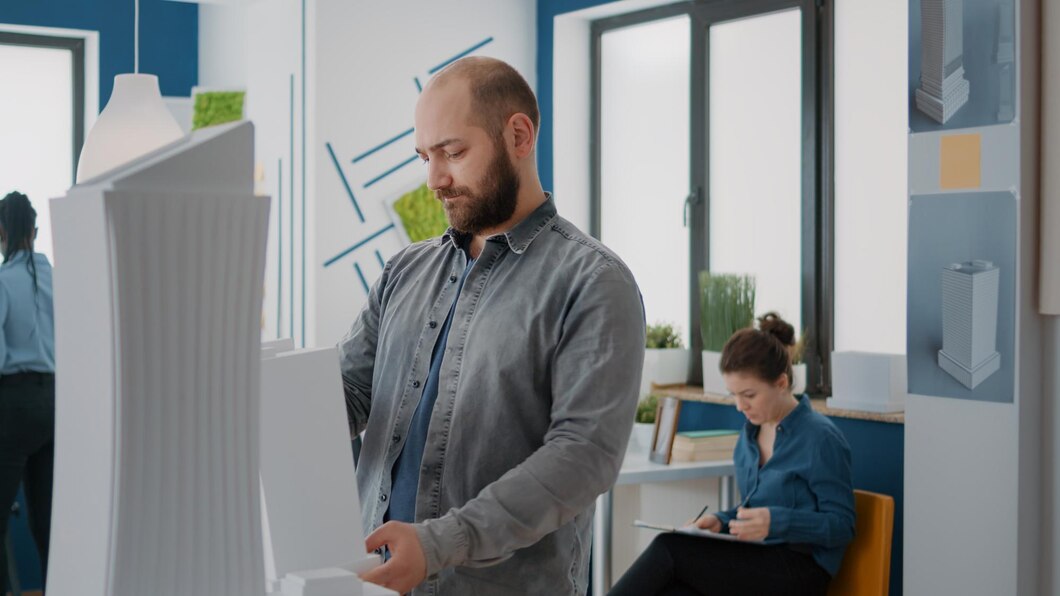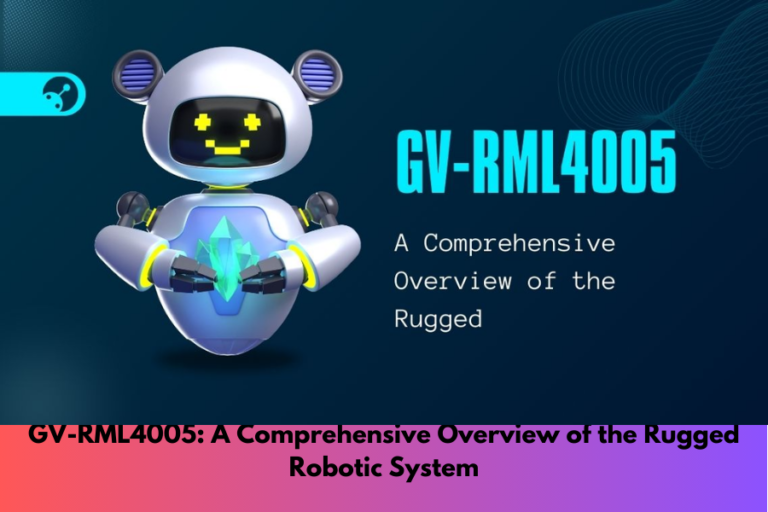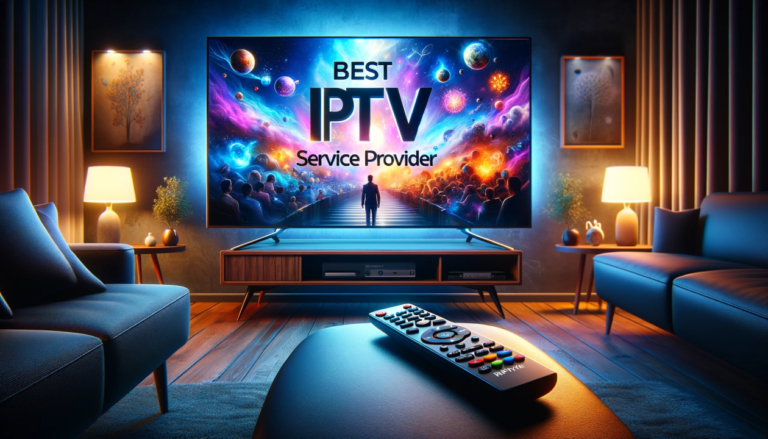Cool Efficiency Modern Solutions for Office Air Conditioning
Energy efficiency in the workplace is essential for office managers and energy-saving advocates, especially regarding air conditioning’s environmental and financial impact. As energy costs rise and climate change concerns increase, it’s important to explore modern, eco-friendly cooling solutions. This blog discusses how offices can enhance their air conditioning systems for better efficiency and reduced waste.
Why Energy Efficiency Matters in Offices
Energy efficiency is crucial for any office space, not just in terms of cost savings but also in the context of environmental responsibility. Air conditioning units are often among the biggest energy consumers in an office. The inefficiency not only leads to higher electricity bills but also contributes to a larger carbon footprint. By focusing on energy-efficient solutions, offices can reduce their operational costs and align with broader sustainability goals.
Implementing energy-efficient air conditioning systems helps lessen the strain on power grids, especially during peak usage hours. This is an important factor for urban areas where electricity demand can be overwhelming. Furthermore, reducing energy consumption in offices directly impacts corporate sustainability ratings, which are becoming increasingly important to stakeholders and clients alike.
The transition to energy-efficient systems isn’t just about technology; it’s about shifting the overall office culture towards sustainability. When companies focus on energy efficiency, it often leads to a ripple effect, inspiring employees to adopt eco-friendly practices both at work and in their personal lives.
The State of Air Conditioning in Offices Today
Currently, many office buildings rely on outdated air conditioning systems that are far from energy-efficient. These systems often run continuously, irrespective of the actual cooling needs, leading to unnecessary energy waste. Traditional HVAC systems are also prone to maintenance issues, which can further decrease their efficiency and reliability.
One of the main problems with older systems is their inability to adapt to changing conditions. They usually operate at a fixed capacity, regardless of the number of occupants or the external weather conditions. This results in excessive energy consumption, even when cooling requirements are minimal.
Most office air conditioning systems still rely heavily on non-renewable energy sources. This not only has financial implications but also contributes to environmental degradation. The inefficiencies of these systems underscore the urgent need for innovative solutions that prioritize both energy savings and environmental protection.
Modern Air Conditioning Solutions
Smart Thermostats
Smart thermostats represent a cutting-edge solution for office energy efficiency. Unlike traditional thermostats, smart versions can learn the patterns and preferences of occupants, adjusting the cooling schedule accordingly. This ensures that energy is not used unnecessarily, thus reducing waste and lowering costs.
These devices often come equipped with remote control capabilities, allowing office managers to monitor and adjust settings from anywhere. This is particularly useful for businesses that operate during irregular hours or require precise temperature control across different zones.
The integration of smart thermostats with other building management systems can significantly enhance overall efficiency. By syncing with lighting and occupancy sensors, these systems optimize energy usage, creating an environment that is comfortable yet sustainable.
VRF Systems
Variable Refrigerant Flow (VRF) systems have revolutionized climate control in offices by offering unmatched flexibility and efficiency. These systems are designed to provide tailored heating and cooling by delivering the precise amount of refrigerant needed to each indoor unit. This minimizes energy wastage and ensures optimal comfort levels throughout the office.
VRF systems are ideal for large office spaces with diverse climate control needs. They can be installed with multiple indoor units, each independently controlled, making them perfect for areas with varying occupancy and usage patterns.
The modular nature of VRF systems also allows for easy scalability. Whether expanding office space or adjusting to new layouts, VRF systems can adapt without requiring significant infrastructure changes, thus preserving energy efficiency.
Green HVAC Technologies
Green HVAC technologies are shaping the future of energy-efficient cooling. These systems often incorporate sustainable materials and renewable energy sources to reduce environmental impact. Heat recovery ventilation (HRV) and energy recovery ventilation (ERV) are examples of technologies that reclaim energy from exhaust air to precondition incoming fresh air.
Advancements in refrigerants have also contributed to greener HVAC systems. Modern refrigerants have a lower global warming potential (GWP), minimizing environmental harm while improving system performance. This shift is crucial in meeting regulatory standards and corporate sustainability goals.
Solar-powered HVAC systems represent another frontier of green technology. By harnessing solar energy, these systems can drastically reduce reliance on fossil fuels, making them an attractive option for offices aiming to achieve net-zero energy consumption.
Practical Tips for Implementing Energy-Efficient Solutions
Assess Your Current System
Begin by evaluating your existing air conditioning system. Identify areas where efficiency can be improved, such as outdated equipment, poor insulation, or lack of zoning controls. This assessment will help determine the most effective upgrades or replacements needed.
Engage with HVAC professionals to perform an energy audit. These experts can provide insights into potential energy savings and recommend suitable technologies tailored to your specific office needs.
Consider implementing a building management system (BMS) to gain real-time insights into energy usage patterns. A BMS can help identify inefficiencies and inform strategic decisions for optimizing energy consumption.
Select the Right Technologies
Choosing the right technologies is crucial for maximizing energy efficiency. Focus on solutions that align with your office’s unique requirements and budget. Smart thermostats, VRF systems, and green HVAC technologies, along with commercial air conditioning like those available in Ogden, offer various benefits, so weigh each option carefully.
Prioritize technologies that offer scalability and adaptability. This ensures your office can accommodate future growth or changes without compromising energy efficiency.
Evaluate the total cost of ownership (TCO) of each solution. Consider not just the initial investment but also the long-term savings and environmental impact when making your decision.
Implement Gradually
Implement energy-efficient solutions in phases to manage costs and minimize disruption. Start with high-impact upgrades, such as smart thermostats or improved insulation, before moving on to more extensive changes like installing a VRF system.
Monitor the performance of new systems regularly to ensure they deliver the expected energy savings. Use data-driven insights to make informed adjustments and optimize efficiency over time.
Engage employees in the transition process by educating them on the benefits of energy efficiency and encouraging eco-friendly practices. A collective effort will amplify the impact of your efforts and foster a culture of sustainability within the workplace.
Future Trends in Office Air Conditioning
Emerging Technologies
Emerging technologies like artificial intelligence (AI) and the Internet of Things (IoT) are set to redefine air conditioning in offices. AI-powered systems can analyze real-time data to predict energy needs, adjust settings automatically, and optimize overall performance.
IoT-enabled devices offer seamless integration with other building systems, creating a holistic approach to energy management. This connectivity allows for more precise control and monitoring of energy usage, enhancing efficiency and comfort.
Another promising trend is the use of advanced materials in HVAC components. These materials can improve thermal conductivity, reduce energy loss, and enhance overall system durability, contributing to long-term efficiency gains.
Sustainable Practices
Sustainable practices, such as passive cooling and geothermal systems, are gaining traction in office environments. Passive cooling techniques, which rely on natural ventilation and shading, can significantly reduce the need for mechanical air conditioning.
Geothermal systems, which utilize the Earth’s stable underground temperature for heating and cooling, offer an eco-friendly alternative to traditional HVAC systems. These systems are highly efficient and have a minimal environmental impact.
The adoption of circular economy principles in HVAC design is also on the rise. This involves recycling and repurposing materials and components to minimize waste and promote sustainability throughout the product lifecycle.
The Role of Regulations
Regulatory developments play a pivotal role in shaping the future of office air conditioning. Governments worldwide are implementing stricter energy efficiency standards and incentives to encourage the adoption of sustainable technologies.
Staying informed about these regulations is essential for office managers and HVAC professionals. Compliance not only ensures legal adherence but also unlocks potential financial benefits, such as tax credits or rebates.
Engaging with industry associations and advocacy groups can provide valuable insights into regulatory trends and help businesses proactively adapt to evolving standards.
Conclusion
Now that you have a better understanding of the importance of energy efficiency in office air conditioning, it’s time to take action. Start by assessing your current system and identifying areas for improvement. Then, select the right technologies and implement them gradually while engaging employees in the process.
Keep an eye for more news & updates on GlamourTomorrow!






